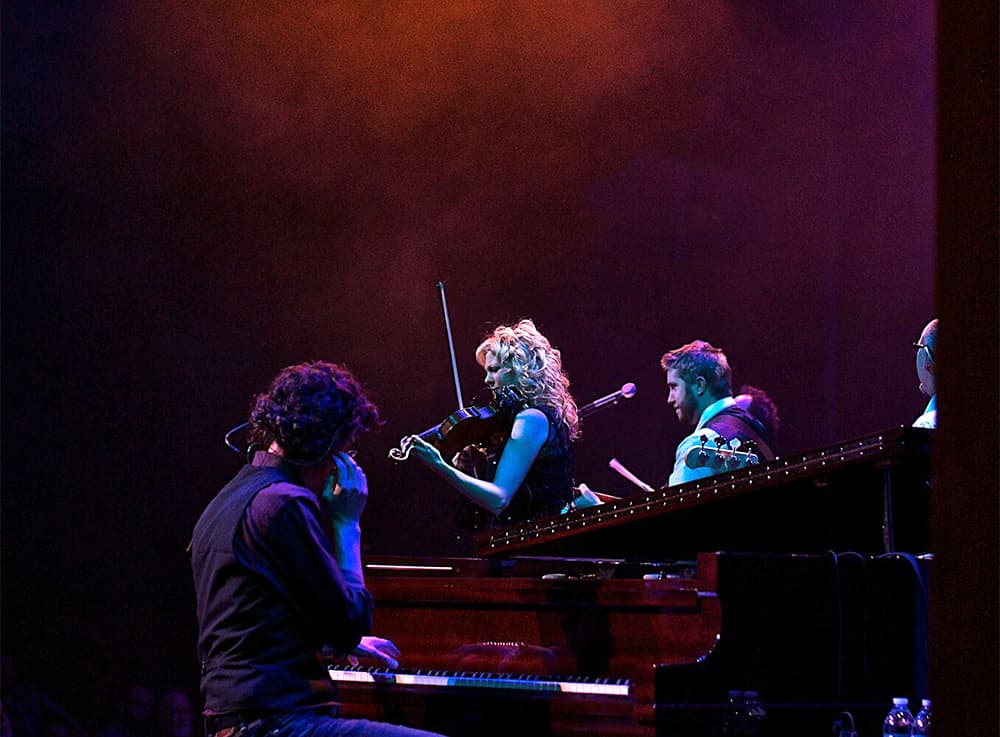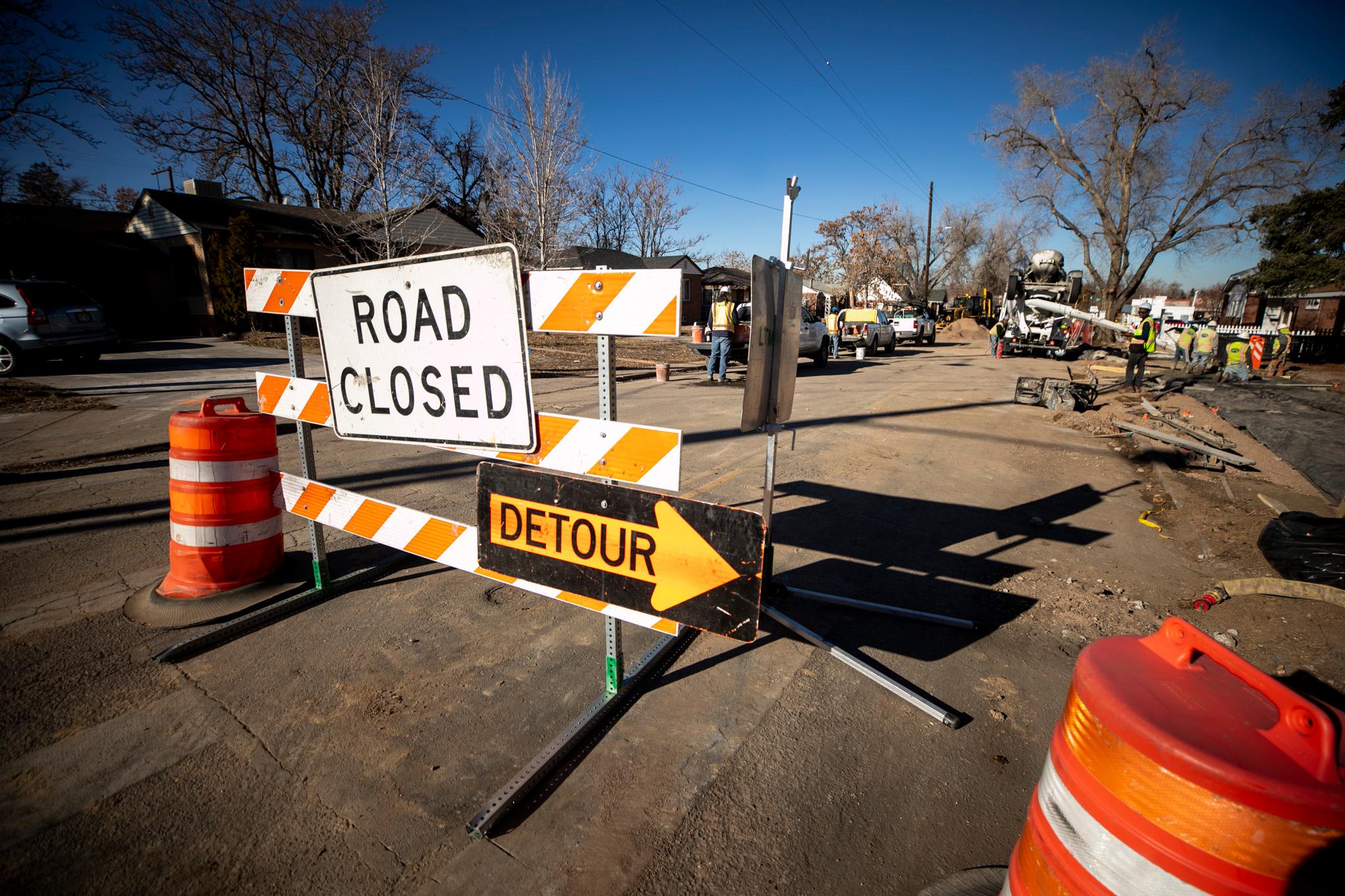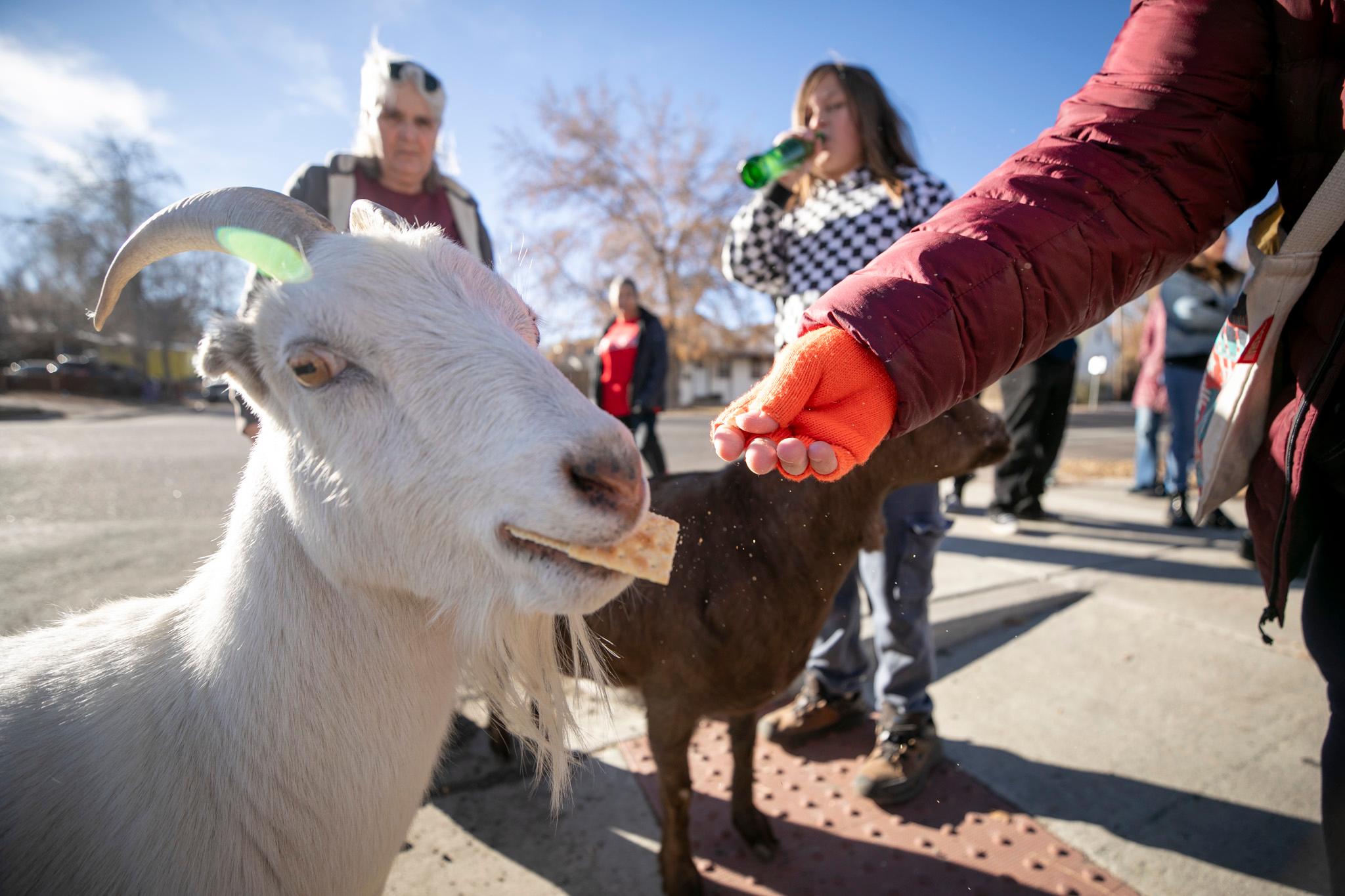
Ballot Issue 4B is the one with the cute polar bear.
You have certainly seen these yard signs. The bear supports extending the tax that supports the Denver Metropolitan Scientific and Cultural Facilities District (SCFD) for another 12 years. This ballot measure also changes the way that 0.1 percent sales tax is distributed among large and small institutions but not nearly as much as many arts organizations originally wanted.
Here's the language you'll see on your ballot:
Shall there be an extension until June 30, 2030, of the aggregate 0.1 percent sales and use taxes currently levied and collected by the Denver Metropolitan Scientific and Cultural Facilities District that are scheduled to expire on June 30, 2018, for assisting scientific and cultural facilities within the district, while authorizing the district to continue to collect, retain, and spend all revenue generated by such tax in excess of the limitation provided in Article X of Section 20 of the Colorado Constitution and while modifying the rates of the three individual sales and use taxes collected by the district as follows: For total annual revenues collected by the district up to thirty-eight million dollars, decreasing the .0655 percent sales and use tax to .064 percent; increasing the .021 percent sales and use tax to .022 percent; and increasing the .0135 percent sales and use tax to .014 percent; and, for total annual revenues collected by the district that exceed thirty-eight million dollars, decreasing the .064 percent sales and use tax to .057 percent; increasing the .022 percent sales and use tax to .026 percent; and increasing the .014 percent sales and use tax to .017 percent?
What does that mean?
The Science and Cultural Facilities District was created in 1989 to make up for serious funding shortfalls at major Denver institutions. The district distributes about $40 million a year to some 270 organizations. The money comes from a 0.1 percent sales tax collected in the seven metro counties of Denver, Arapahoe, Jefferson, Adams, Broomfield, Boulder and Douglas.
Voters in those counties will see this tax on their ballot. Issue 4B extends the tax from June 30, 2018, when it would otherwise expire, to June 30, 2030. It also changes how the money will be distributed going forward.
How is the money distributed now?
By statute, five major Denver institutions get the lion's share of the money. These "Tier I" organizations are: Denver Art Museum, Denver Botanic Gardens, Denver Museum of Nature and Science, the Denver Zoo, and The Denver Center for the Performing Arts. They get 65.5 percent of all the money collected by the tax.
Another 21 percent goes to "Tier II" institutions that bring in at least $1.5 million a year (that's the 2016 number, it's adjusted annually) and that meet certain thresholds for paid attendance. Examples include the Butterfly Pavilion, the Children's Museum, the Colorado Chautauqua Association, the Museum of Contemporary Art Denver, Wings over the Rockies Air and Space Museum, Colorado Railroad Historical Foundation and the Colorado Symphony.
The last 13.5 percent goes to "Tier III" organizations. These are smaller organizations that "benefit our neighborhoods and provide outlets for the most personal cultural interests," according to the SCFD. They're often organizations that allow people to participate as performers and teachers.
They include the Bluff Lake Nature Center, Colorado Dragon Boat Festival, Cleo Parker Robinson Dance Studio, Curious Theatre, Black American West Museum and Heritage Center, Su Teatro Performing Arts Center, Parker Symphony Orchestra, Friends of Dinosaur Ridge and the list goes on.
You can see all the organizations and how much money they got in the SCFD's annual report. In 2015, 272 organizations got money, from $8.7 million for the Denver Museum of Nature and Science to $733.95 for ASIFA Colorado, an organization that promotes the art of animation.
How will that change?
Tier I organizations will get a very slightly smaller share of the first $38 million and then an even smaller share of the rest, though they'll still get most of the money. Tier II and Tier III will get slightly more.
- Tier I institutions would go from 65.5 percent of the money to 64 percent of everything up to $38 million and 57 percent of everything over $38 million.
- Tier II institutions would go from 21 percent of the money to 22 percent of everything up to $38 million and 26 percent of everything over that.
- Tier III institutions would go from 13.5 percent of the money to 14 percent of everything up to $38 million and 17 percent of everything over that.
Smaller organizations would be getting more. What's the problem?
Last year, as the SCFD was working out the funding formula, many small arts organizations advocated for a much larger shift. Denver is growing, which means the same 0.1 percent tax -- 10 cents on a $10 purchase -- should bring in more money over time. It's also growing more diverse, and the organizations that provide the artistic and cultural expression for the city's racial and ethnic minorities are Tier III organizations for the most part. So are many of the organizations that provide opportunities for children to participate in art directly.
The SCFD board and the large organizations themselves say they're aren't as rich as they might look. They have expensive buildings and collections to maintain, and they serve the entire region in ways that justify them getting more money.
The SCFD stuck to its guns, and the opposition rather abruptly became quiet. The Colorado Independent reported that some arts organizations leaders felt intimidated by the SCFD board, that if they didn't stop complaining, they might lose funding. They didn't want to put their names to those complaints publicly, though, and the board steadfastly denied the accusation.
The negotiations resulted in the creation of a $750,000 grant fund for established Tier III organizations that is designed to address racial, cultural, disability, gender, sexuality and class disparities. The money for that will come from the five Tier I institutions each contributing $150,000 from their share.
There were also complaints from well-off Boulder that it receives relatively little funding for the amount of tax money it pays into the district.
District officials counter that people from the entire region attend programing at the major Denver institutions, so it's fair to put money from outlying counties into the zoo and the Botanic Gardens.
What happens if the tax extension doesn't pass?
This tax extension is almost certainly passing. But if it didn't, the SCFD would still have another 18 months of revenue and another shot at the voters in 2017 before the tax expires.
Government bodies pretty much never cut it that close unless they have to, so backers of the SCFD really want the tax extension to pass in 2016. That also provides a lot more certainty for the organization that receive money from SCFD.
The small arts organizations that wanted a different distribution formula aren't out there telling people to vote no.
As Tony Garcia of Su Teatro told the Independent: "We did however agree that this is where we would sit for now. ... We will honor our agreement. I do not believe we lost. We stepped in when others had given up hope. We continued to fight when others backed down. And now we stand in a position much stronger positioned to continue our fight to better serve our community.”
And Jerome Kern, CEO of the Colorado Symphony, a Tier II organization, describes the tax as "critically important for all of us." He spent several years pushing for changes to the allocation formulas, but when his ballot came, he filled it out with a yes vote the very next day.
"If we didn't have it, we would be scrambling to find that money," he said of the roughly $1 million a year the symphony gets from SCFD.
Who supports this?
Oh, pretty much everyone, at least publicly. It's arts and culture!
Who opposes this?
There is no organized campaign against Issue 4B. Groups like the libertarian-leaning Independence Institute are opposed in principle because the arts should be funded privately if people like them so much.












